How To Detect A Wireless Camera Signal?
In today's world, privacy is a growing concern, and the proliferation of wireless cameras has added to the complexity of maintaining personal and professional security. Whether you are worried about hidden cameras in your home, office, or public spaces, knowing how to detect a wireless camera signal can be an invaluable skill. This article will guide you through various methods and tools to identify and locate wireless camera signals, ensuring your privacy is not compromised.
Understanding Wireless Camera Signals

Wireless cameras transmit video and audio signals through radio frequencies (RF) to a receiver, which can be a dedicated device or a smartphone. These signals can be intercepted and detected using various techniques and tools. The key to detecting these signals lies in understanding the frequency range and the type of signal being transmitted.
Methods to Detect Wireless Camera Signals
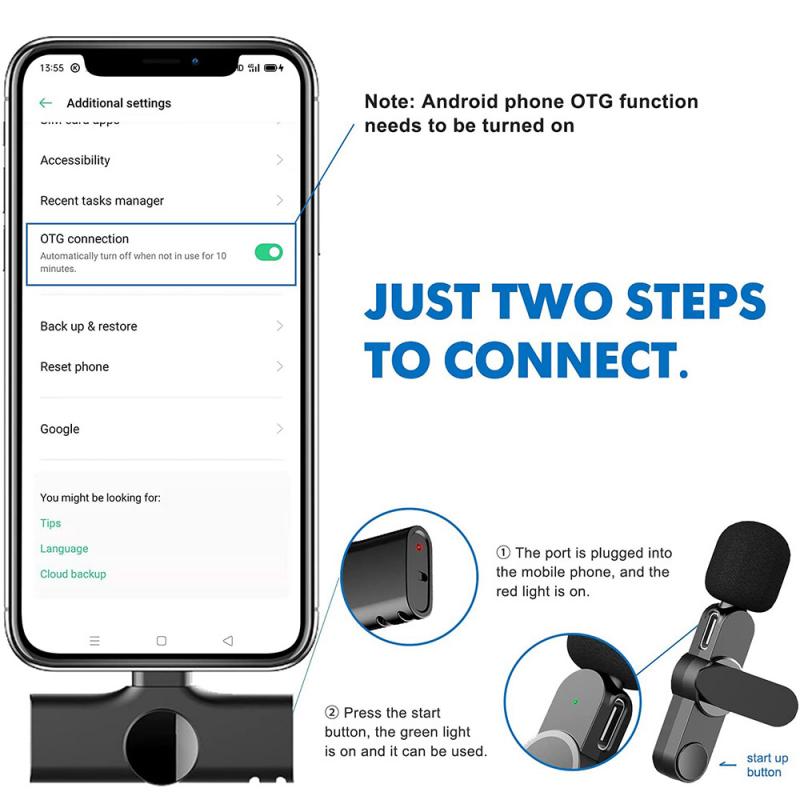
1. RF Detectors
RF detectors are specialized devices designed to detect radio frequency signals emitted by wireless cameras. These detectors can identify a wide range of frequencies, making them effective for locating hidden cameras. Here’s how to use an RF detector:
- Turn on the RF Detector: Power up the device and set it to scan mode.
- Sweep the Area: Slowly move the detector around the room, paying close attention to areas where a camera might be hidden, such as smoke detectors, air vents, and electrical outlets.
- Identify the Signal: When the detector picks up a signal, it will alert you through sound or light indicators. Follow the signal strength to pinpoint the exact location of the camera.
2. Smartphone Apps
Several smartphone apps are available that can help detect wireless camera signals. These apps use your phone’s built-in sensors to identify RF signals. Some popular apps include:
- Fing: This app scans your Wi-Fi network to identify connected devices, including wireless cameras.
- Hidden Camera Detector: This app uses your phone’s magnetic sensor to detect hidden cameras.
- Glint Finder: This app uses your phone’s flashlight to detect camera lenses by reflecting light off them.
To use these apps, simply download and install them from your app store, follow the on-screen instructions, and scan the area for hidden cameras.
3. Physical Inspection
Sometimes, the simplest method is the most effective. Conducting a thorough physical inspection of the area can help you identify hidden cameras. Here’s what to look for:
- Unusual Objects: Check for objects that seem out of place or have unusual features, such as small holes or lenses.
- Wires and Cables: Look for any suspicious wires or cables that could be connected to a hidden camera.
- Lights: Some cameras have small indicator lights that may be visible in low light conditions.
4. Network Scanners
Network scanners can help you identify devices connected to your Wi-Fi network, including wireless cameras. Tools like Nmap or Wireshark can provide detailed information about connected devices. Here’s how to use a network scanner:
- Install the Scanner: Download and install a network scanning tool on your computer or smartphone.
- Scan the Network: Run a scan to identify all devices connected to your network.
- Analyze the Results: Look for unfamiliar devices that could be wireless cameras. Pay attention to the manufacturer details, as this can give you clues about the device type.
5. Infrared Detection
Many wireless cameras use infrared (IR) for night vision. You can use an IR detector or even your smartphone camera to detect these IR signals. Here’s how:
- Turn off the Lights: Make the room as dark as possible.
- Use Your Smartphone Camera: Open the camera app on your smartphone and point it around the room. IR signals will appear as small, bright lights on your screen.
- IR Detector: If you have an IR detector, use it to scan the room for IR signals.
Best Practices for Ensuring Privacy
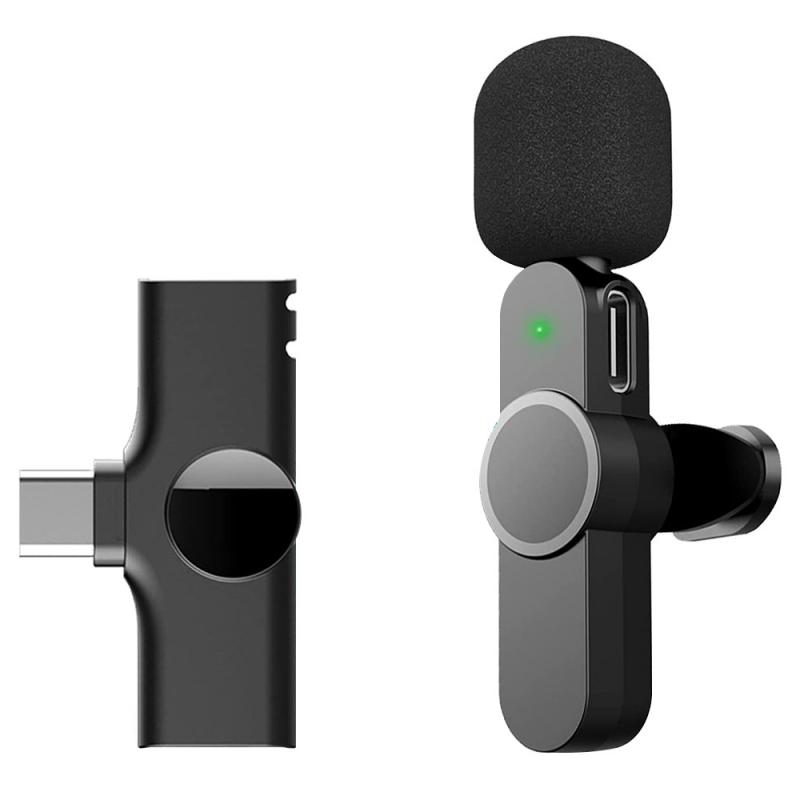
Detecting wireless camera signals is just one part of maintaining your privacy. Here are some best practices to ensure your personal and professional spaces remain secure:
1. Regular Inspections
Conduct regular inspections of your home, office, and other personal spaces to check for hidden cameras. Make this a routine practice to stay ahead of any potential privacy breaches.
2. Secure Your Network
Ensure your Wi-Fi network is secure by using strong passwords and encryption methods. Regularly update your router’s firmware and monitor connected devices to prevent unauthorized access.
3. Use Privacy Covers
For added security, use privacy covers on devices with built-in cameras, such as laptops and smartphones. These covers can be easily slid open or closed, providing an extra layer of protection.
4. Educate Yourself and Others
Stay informed about the latest surveillance technologies and methods. Educate your family, friends, and colleagues about the importance of privacy and how to detect potential threats.
In an age where wireless cameras are becoming increasingly prevalent, knowing how to detect their signals is crucial for maintaining privacy and security. By using RF detectors, smartphone apps, physical inspections, network scanners, and infrared detection, you can effectively identify and locate hidden cameras. Additionally, adopting best practices such as regular inspections, securing your network, using privacy covers, and educating yourself and others will further enhance your privacy protection.
Remember, the key to effective detection lies in being thorough and vigilant. By staying proactive and utilizing the tools and methods outlined in this article, you can safeguard your personal and professional spaces from unwanted surveillance.


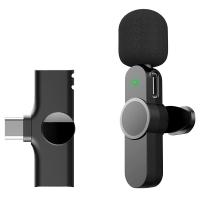

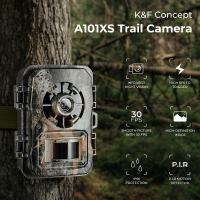

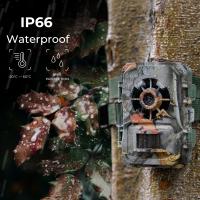
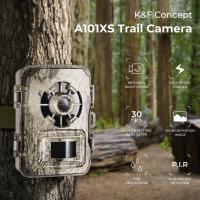

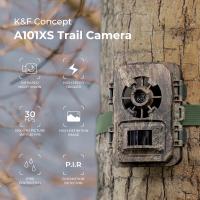
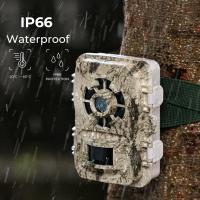

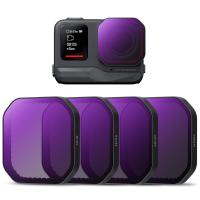


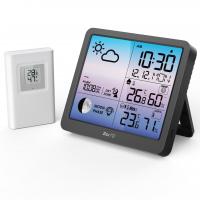
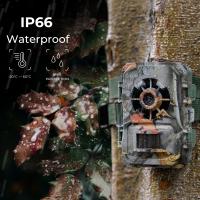

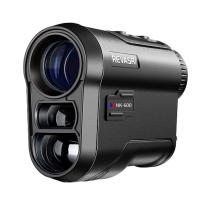



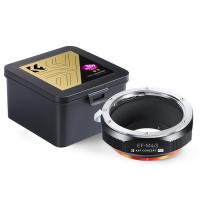
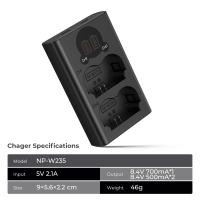
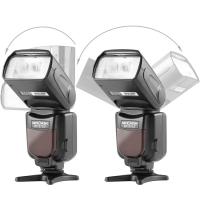
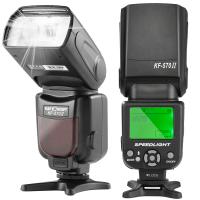



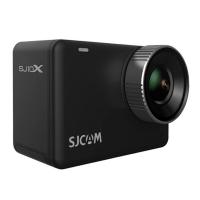




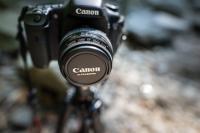
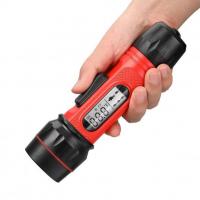
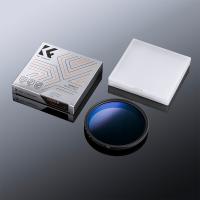




There are no comments for this blog.